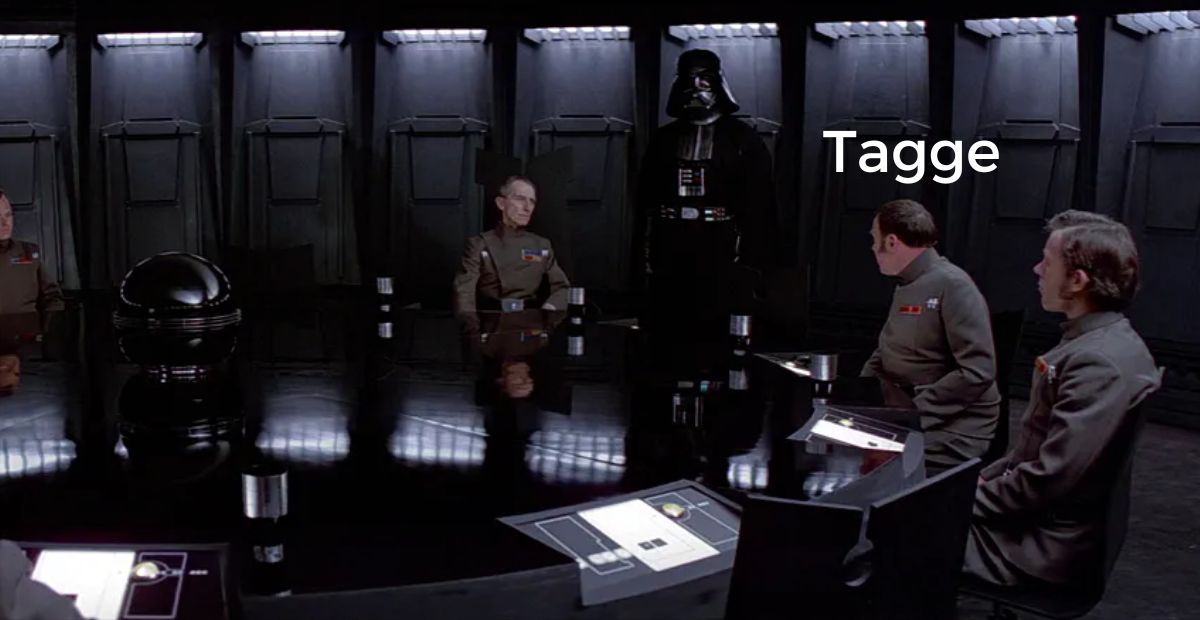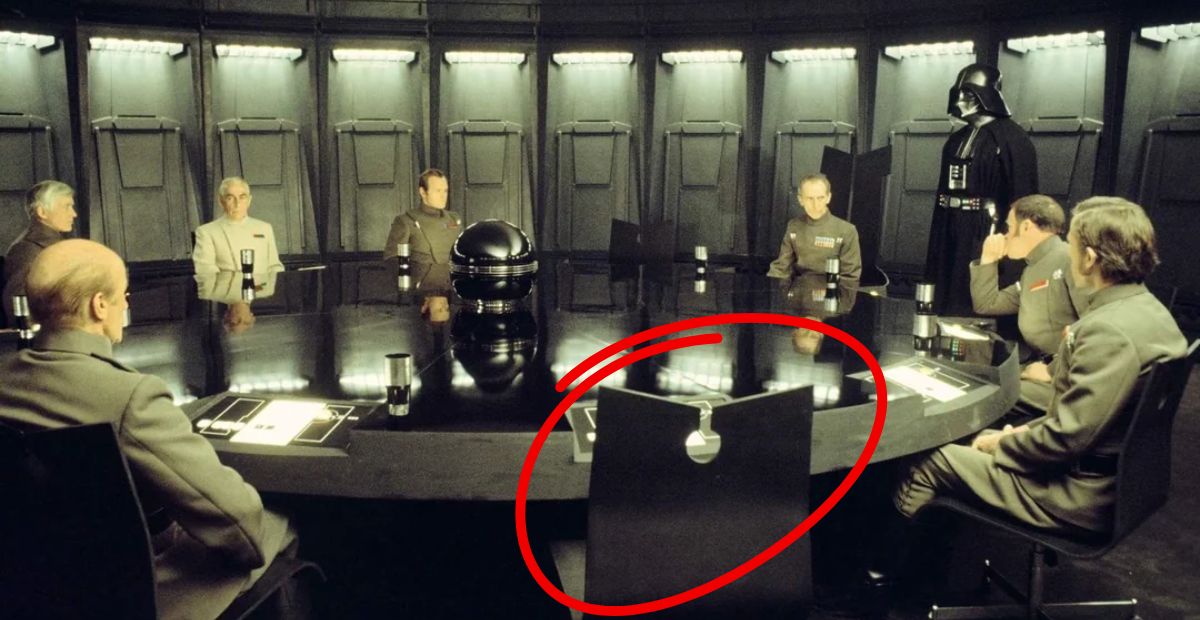I just came across a really cool detail about A New Hope. In the Episode IV Imperial conference room scene, there’s a chair clearly missing right in front of the camera. For a long time, fans have speculated that the empty seat was meant for Director Krennic.
Now, I know some people argue that it couldn’t be true—after all, when A New Hope was made, Rogue One didn’t exist, and Krennic hadn’t even been created yet. But here’s the thing: we finally have an answer. A canon novel actually confirms that the empty seat was meant to be Krennic’s.
Yes, That Was Krennic’s Seat in A New Hope
The empty seat at the conference table was, in fact, meant for Krennic—and that’s now officially confirmed in the canon book Star Wars: From a Certain Point of View. In the chapter titled “Fully Operational,” we get that confirmation straight from another Imperial officer: General Cassio Tagge.
The story describes Tagge’s first time aboard the Death Star and how the sheer power of the weapon strikes him. Here’s a passage from that moment:
“A weapon was meant to be fired. Every military man could tell you that. Treat all weapons as charged; never assume a blaster was set simply to stun and not kill. General Cassio Tagge, Chief of the Imperial Army, knew that. As he walked the corridors of the greatest battle station ever built in this or any galaxy, he was deeply aware that he walked through the heart of a weapon. Power simmered beneath the doonium. He had not been aboard the Death Star when it had gone through its initial test firing on Jedha, but he’d joined soon after and witnessed Scarif.”

The book goes even further by showing us exactly what Tagge thought about Krennic, and it leaves no doubt that the empty seat we see in A New Hope was originally his. The scene describes Tagge arriving early to the conference room, lost in thought about Krennic:
“Tagge paused now, his hand still brushing the metal wall of the corridor. He straightened. Without meaning to, he’d arrived at the meeting room early. His thought, lingering on Krennic, recalled the last Joint Chiefs meeting in this room, the one where Krennic had insisted the Death Star could do more than destroy a small city like Jedha. Krennic had shoved his chair aside, standing up and beating a fist on the table. Tagge, two seats down, had both admired the man’s passion for the battle station and been disgusted by the childish way in which he presented it. In the end, Krennic got what he’d wanted. Another test fire, a larger one. Now the seat two chairs down from Tagge’s was empty.”

We can also use this passage to line things up with the actual scene in A New Hope. Tagge is clearly visible at the table, and just like the novel says, “two chairs down from Tagge’s was empty.” That empty chair? It’s the exact one fans have been wondering about for years.
By matching the book’s description with the scene, and recognizing where Tagge is seated, it becomes clear—the empty seat was absolutely meant for Director Krennic.

The Seat Was Left Empty… for the Camera
Of course, there’s a much simpler, behind-the-scenes explanation for the empty chair—one that has nothing to do with lore. Some fans have pointed out that the seat was likely left empty purely for practical reasons: to avoid blocking the shot. In that iconic scene from A New Hope, the camera is positioned at the end of the table, capturing a wide view of the Imperial officers as they argue about the Death Star and the Rebellion. If someone had been sitting in that spot, right in the foreground, the back of their head would’ve dominated the frame and ruined the composition.
Back in 1977, there was no Director Krennic, no Rogue One, and certainly no plan to explain every empty chair with an in-universe backstory. The goal was just clean, effective cinematography. That seat stayed empty so audiences could clearly see the faces of Motti, Tagge, and Tarkin—and, of course, get an unobstructed view when Darth Vader starts choking Motti across the table.
But thanks to From a Certain Point of View, what started as a simple filmmaking choice has been retroactively woven into canon. That empty seat now carries meaning. It’s no longer just a gap for the camera—it’s a silent reminder of a fallen director who once fought for control of the Death Star… and lost.

